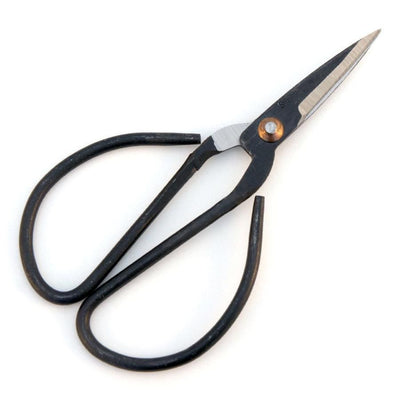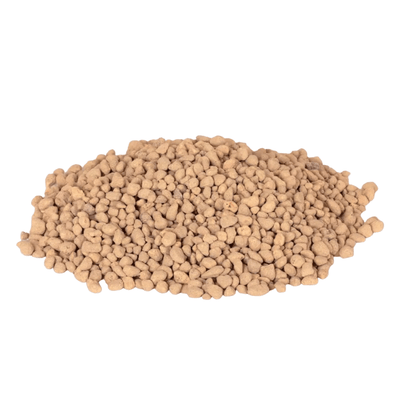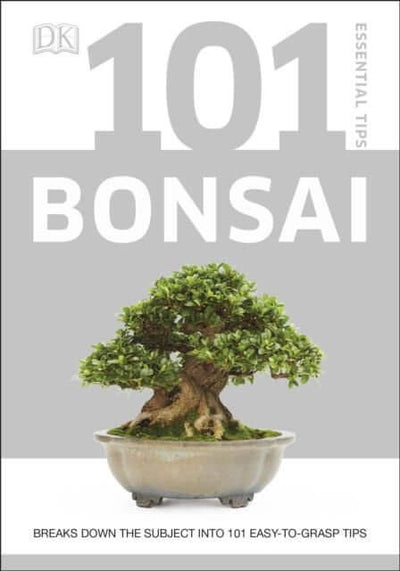Horse Chestnut Tree (Aesculus hippocastanum) Care Guide
Chestnut bonsai trees can be a unique and attractive addition to your collection, but they require specific care to thrive. Here's a care guide for growing chestnut bonsai trees in the UK:
1. Choosing the Right Species: Chestnut trees belong to the Castanea genus, and the European sweet chestnut (Castanea sativa) is the most commonly used species for bonsai. Make sure you select a species that is suitable for your climate and growing conditions in the UK.
2. Location: Chestnut bonsai trees require plenty of sunlight. Place your bonsai in a spot where it can receive at least 6 hours of direct sunlight each day. If you're keeping it indoors, consider using artificial grow lights to supplement natural sunlight.
3. Soil: Use a well-draining bonsai soil mix that is slightly acidic to neutral. A mix containing components like akadama, pumice, and lava rock can provide good drainage and aeration for the roots.
4. Watering: Chestnut bonsai trees prefer consistently moist soil but not waterlogged. Water the tree thoroughly when the top inch of soil feels slightly dry. During the growing season (spring and summer), you may need to water more frequently. In winter, reduce watering as the tree's growth slows down.
5. Pruning and Training: Regular pruning and training are essential for shaping your chestnut bonsai tree. Prune excess growth to maintain the desired shape and encourage branching. Wiring can also be used to guide the growth of branches, but be careful not to damage the bark.
6. Fertilization: Fertilize your chestnut bonsai during the growing season (spring to early autumn). Use a balanced liquid bonsai fertilizer or slow-release pellets. Follow the manufacturer's instructions for proper dosage.
7. Repotting: Repot your chestnut bonsai every 2-3 years to refresh the soil and promote healthy root growth. Spring is the best time for repotting, just before new growth starts. Trim back a portion of the root mass and prune the canopy to balance the tree's growth.
8. Winter Care: Chestnut bonsai trees are hardy in the UK, but they still benefit from protection during harsh winters. If your bonsai is kept outdoors, consider placing it in a sheltered spot or providing some form of frost protection.
9. Pest and Disease Control: Regularly inspect your bonsai for pests like aphids, mites, and scale insects. Treat any infestations promptly using appropriate insecticides or by physically removing the pests. Keep an eye out for signs of diseases such as fungal infections and address them as needed.
10. Patience: Growing a chestnut bonsai tree requires patience. It can take several years to achieve the desired shape and maturity. Regular care and attention will reward you with a beautiful and unique bonsai specimen.
Remember that specific care requirements might vary based on your local climate, the size of your bonsai, and other factors. It's always a good idea to research further or consult with experienced bonsai enthusiasts in your area for tailored advice.








